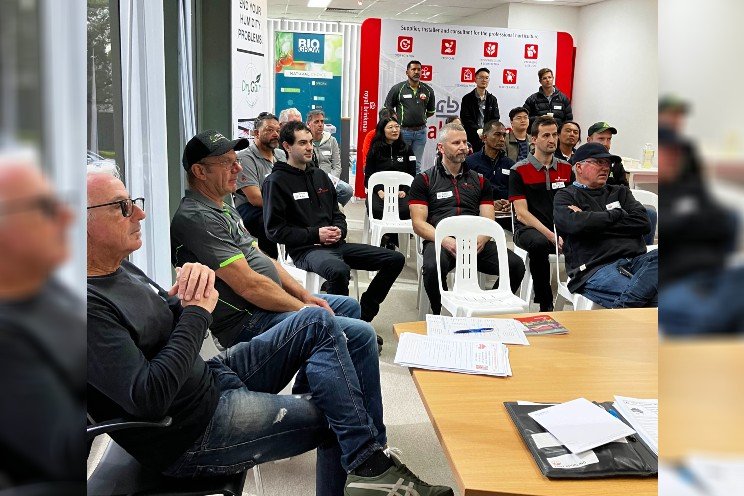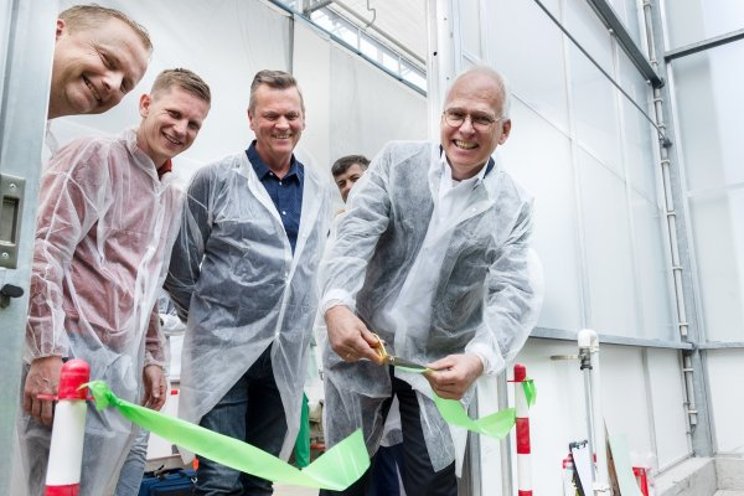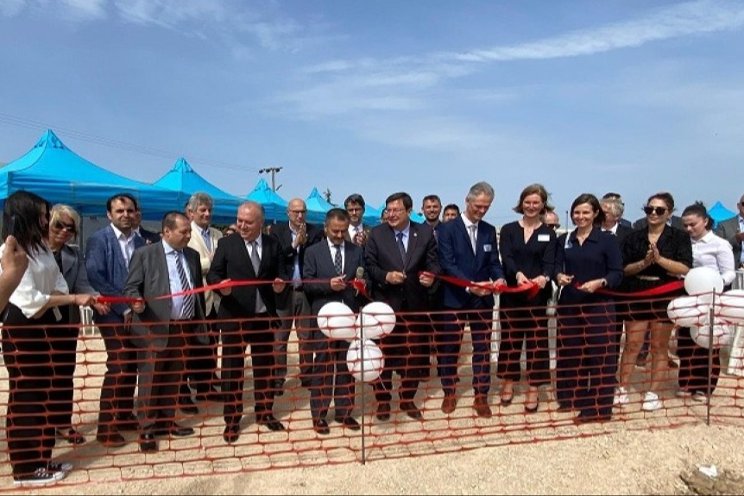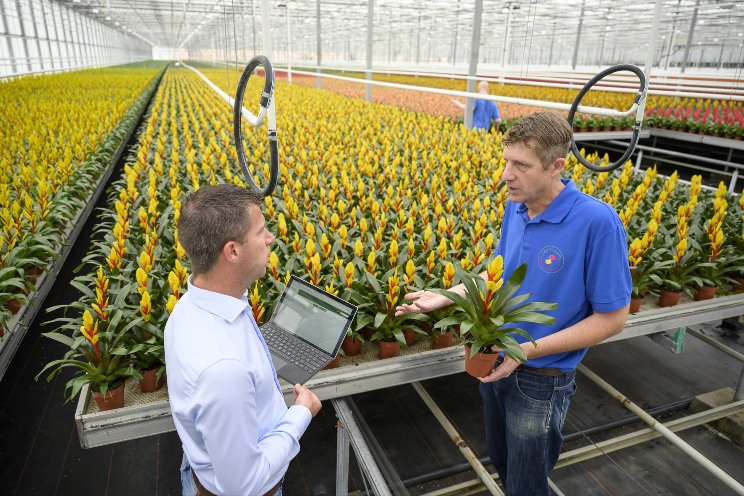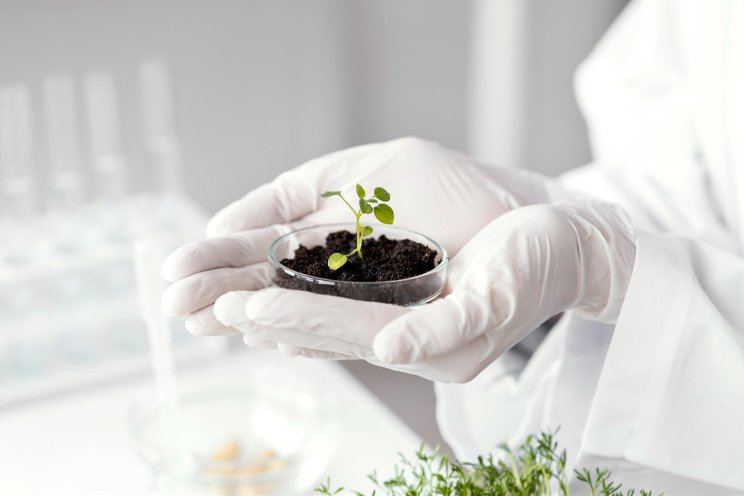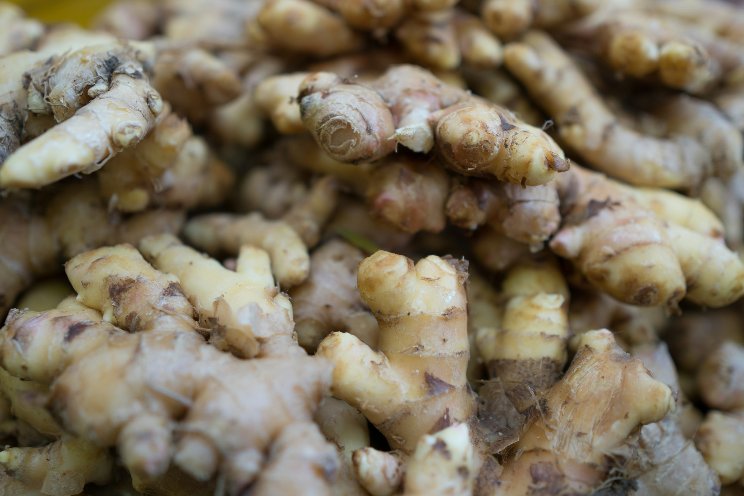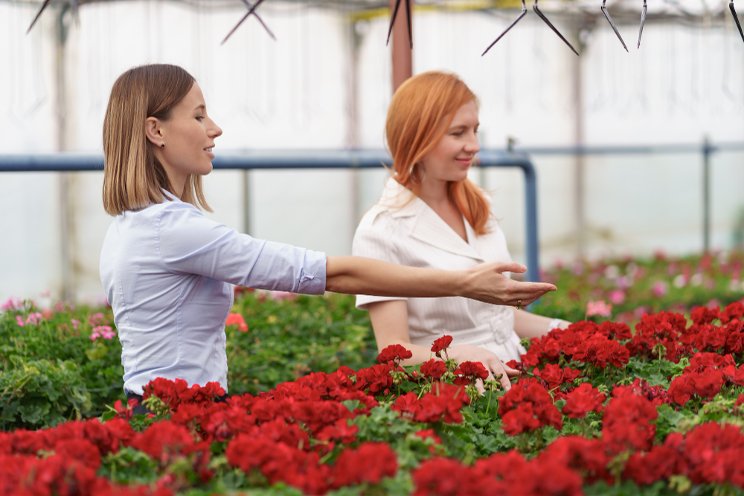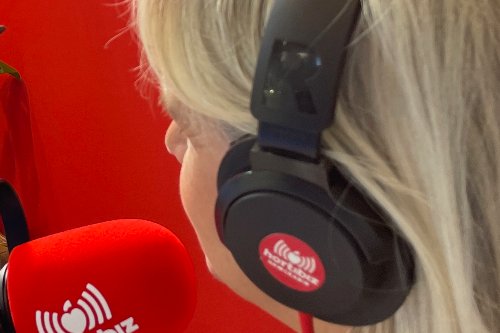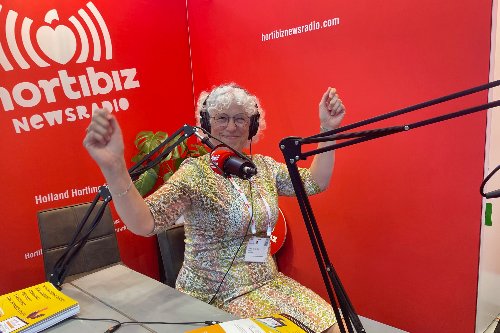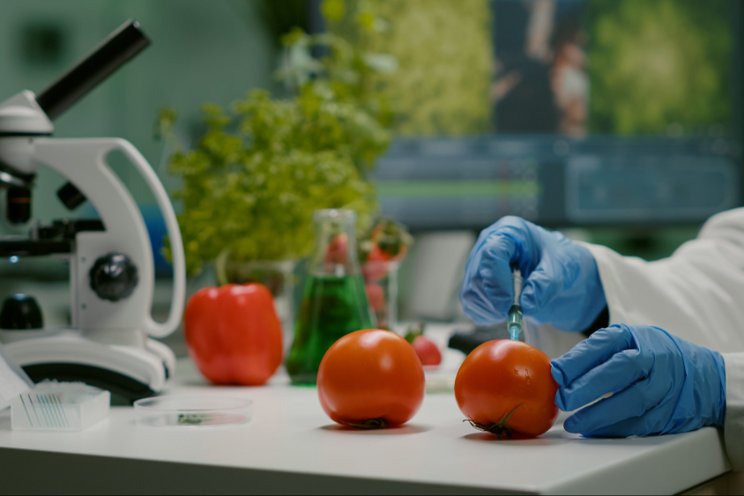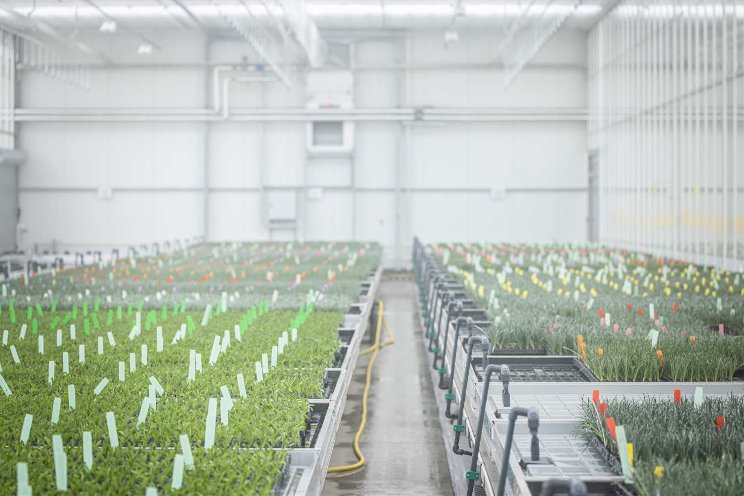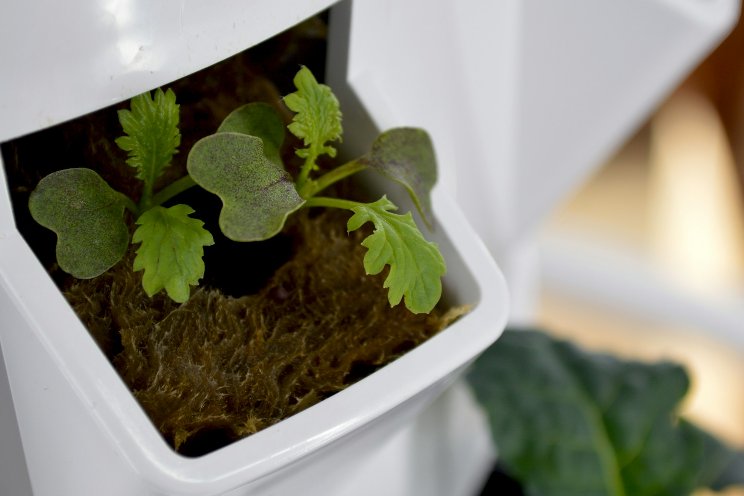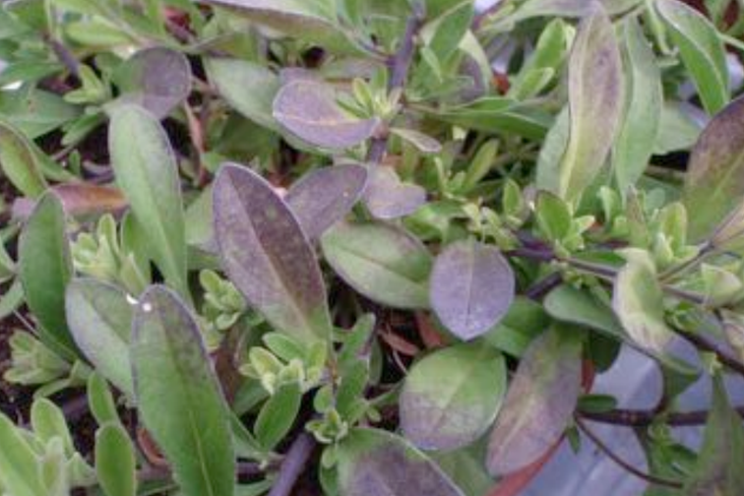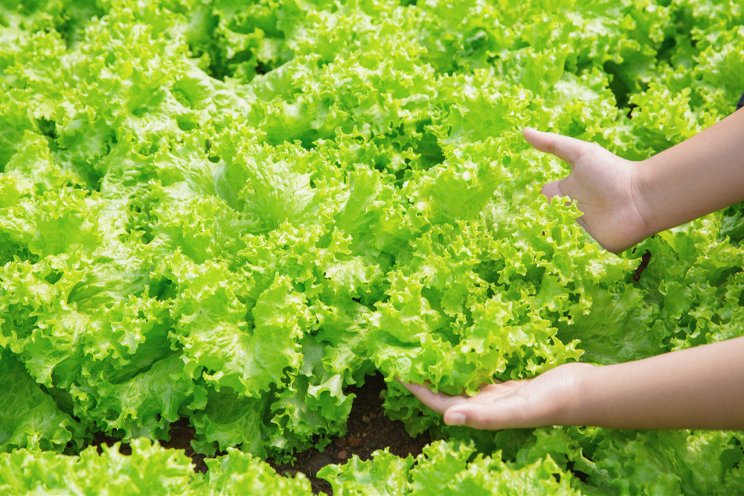Is your greenhouse or vertical farm operating sustainably?
Added on 18 January 2022
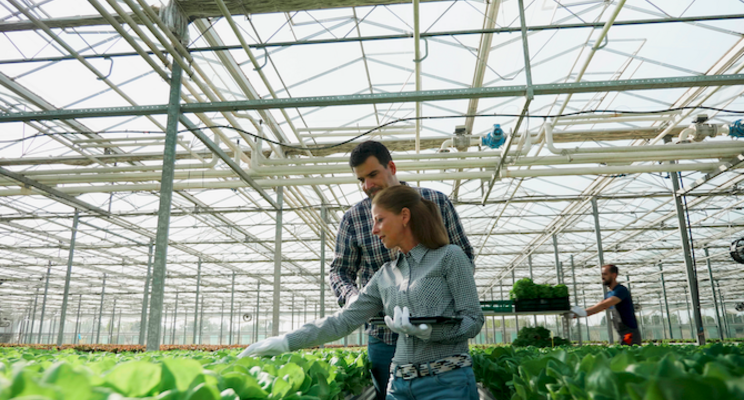
An increasing number of consumers are asking for and purchasing products that have been produced sustainably, including fruits and vegetables. The Hartman Group reports in its recently released "Sustainability 2021: Environment and Society in Focus" that nine out of 10 consumers consider at least one environmental or social well-being issue when choosing foods and beverages. The research and consulting company found that nearly 50 percent of the 2,000 U.S. consumers it surveyed indicated they are more concerned about the environment, and four in 10 are now more worried about social well-being, compared to 18 months ago.
Most of the survey participants identified the environment and social well-being as two separate but equally important areas of need. When shopping for food and beverages, the survey found consumers' sustainability priorities are nearly evenly split between environmental and social well-being issues. Eighty-two percent considered environmental issues, especially waste reduction, sustainable packaging and pollution, to be priorities. In the case of social well-being issues, 86 percent pointed to support for the economy, safe working conditions and good wages/benefits as priorities.
Making CEA more sustainable
Companies in all industries are announcing their plans and promoting their efforts to become more sustainable. Whether it is reducing their dependence on fossil fuels, lowering greenhouse gas emissions or switching to more sustainable packaging, companies are trying to show consumers they are working diligently to lower their impact on the environment.
In September 2019 following the USDA/NIFA Az-CEA Conference in Oracle, Ariz., representatives from academia, the agriculture industry and USDA met to identify and discuss cross-disciplinary areas of synergy, opportunity and need for the controlled environment agriculture (CEA) industry. One of the objectives of the conference was to identify research priorities for USDA to focus on. Cornell University defines controlled environment agriculture as "an advanced and intensive form of hydroponically-based agriculture where plants grow within a controlled environment to optimize horticultural practices."
"Out of the CEA meeting in Arizona there were discussions about the environmental impact of controlled environment agriculture," said Gary Stutte, founder and president at SyNRGE LLC. "As we were discussing the state of the agriculture industry the term sustainability kept coming up. Conference speakers talked about agriculture and sustainability related to a number of issues including the amount of water being used to produce food crops and the inefficiencies of land use. Controlled environment agriculture will be part of the solution for sustainable agriculture. Controlled environment agriculture will help feed the three billion people living on the planet.
"Currently there are no metrics to define what sustainable agriculture is. There are metrics related to efficiency of lighting and HVAC systems and the amount of water that is recirculated, but for production systems per se, what is really sustainable?"
Development of CEA sustainability standards
Follow up discussions after the conference lead to the formation of a committee that decided to determine what sustainable meant in regards to controlled environment agriculture. The committee, which included members from the private sector, government and academia, recognized the need to define goals for the advancement of the CEA industry. An external review process was conducted for nearly a year resulting in the formation of the Controlled Environment Agriculture Design Standards (CEADS).
"A concept was presented that what was really needed is a means for CEA growers to do a baseline self-evaluation to achieve some external certification as to just how sustainable their operations are," Stutte said. "The committee put together a metric with a model that follows the LEED's (Leadership in Energy and Environmental Design) green building rating system, which is recognized worldwide.
"CEADS enable a production facility to be ranked how sustainable it is, not just on any one process or any one product or portion of it. A CEA facility may replace a lighting system with one that is more efficient, but that is only one aspect of the operation. An operation isn't going to be sustainable based on one system."
Click here to read more.
Photo created by DCStudio - www.freepik.com
Source: Urban Ag News
More news
